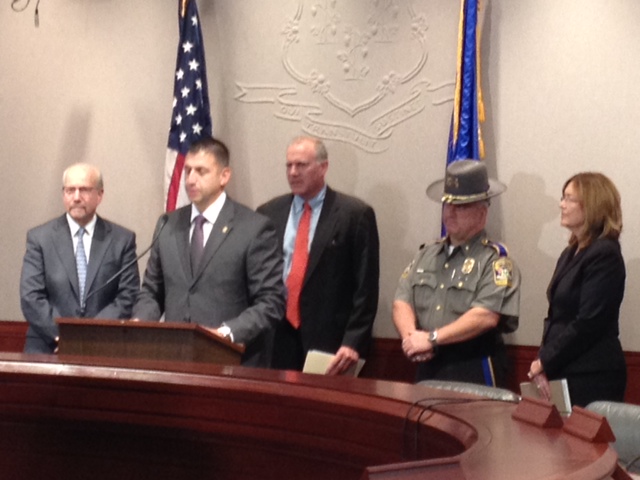Dog Owners May Be Next in State’s “Still Revolutionary” Tourism Marketing
/Who let the dogs out? Apparently, Connecticut’s two-year, $27 million tourism campaign is seriously considering doing just that. So says Kip Bergstrom, Deputy Commissioner of the State Department of Economic and Community Development. Bergstrom, interviewed by Diane Smith of CT-N for an hour-long discussion (with live audience) as part of the Old State House’s lunchtime conversation series, suggested that dogs – and their owners - may be the next group to boost the state’s tourism numbers and dollars. The state’s tourism team, branding the state as "still revolutionary," is starting to compile “dog-friendly places” throughout Connecticut, to add to the state’s tourism website. Why? One of Connecticut’s advantages in attracting tourists is that it is a “drive-to” site, rather than a “fly-to” site, with a huge population close by, Bergstrom points out. Which means the family pet – often a dog – can come along for the ride, and the visit.
The state’s tourism team, branding the state as "still revolutionary," is starting to compile “dog-friendly places” throughout Connecticut, to add to the state’s tourism website. Why? One of Connecticut’s advantages in attracting tourists is that it is a “drive-to” site, rather than a “fly-to” site, with a huge population close by, Bergstrom points out. Which means the family pet – often a dog – can come along for the ride, and the visit.
It’s a big market, Bergstrom told the CT-N audience, “and we can immediately begin to reveal places you can go in Connecticut with a dog.” Among the major plusses - the 800 miles of hiking trails in Connecticut - perfect for dog and owner to go for a walk. Bergstrom, the owner of six dogs, admitted “don’t be surprised if there’s a dog in the next ad.”
Bergstrom also noted that in deciding on the new “still revolutionary” brand, the state and its tourism team of vendors spoke with more than 1,500 people in the state. He said that the brand should last for decades, propelled by “ambassadors” – individuals throughout the state repeating their own stories of Connecticut’s “places that matter.”
Bergstrom said that the campaign “has already paid for itself” through increased tourism, with more advertising and targeted messaging ahead. The expectation is that by campaign’s end, the state will receive $3 in state and local taxes for every $1 spent in the marketing effort. Taking note of the location of the interview, Bergstrom said “democracy is not a noun, it’s a verb.”






































